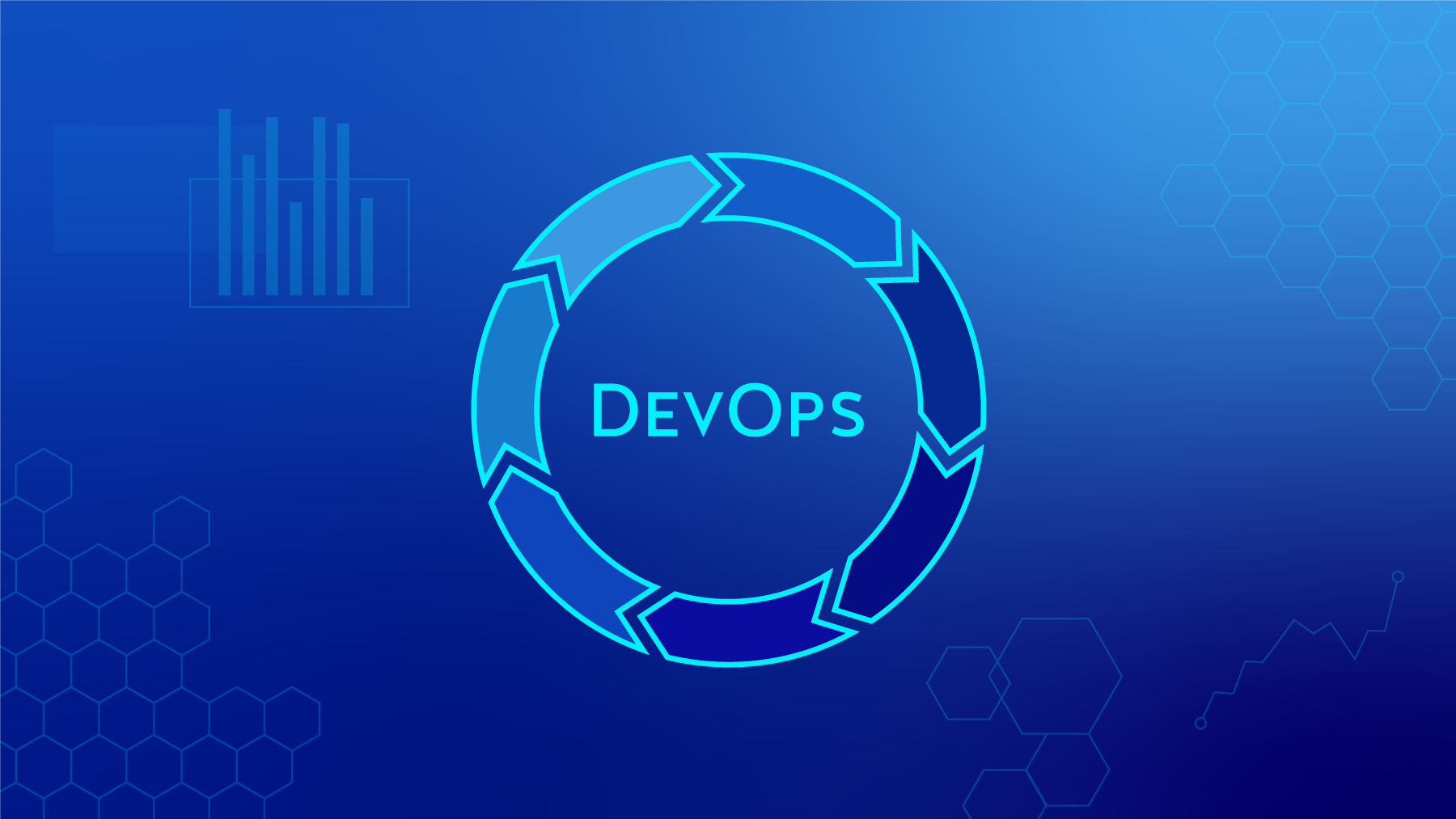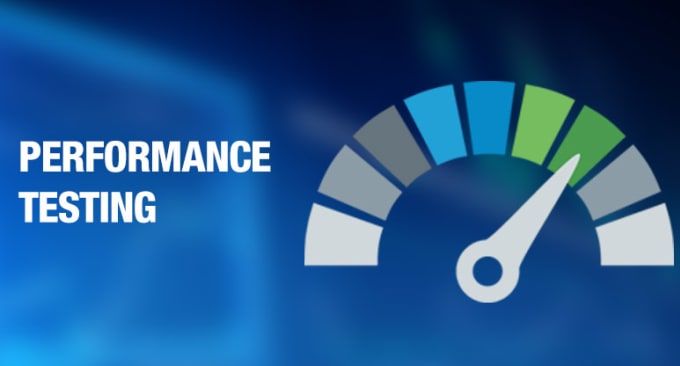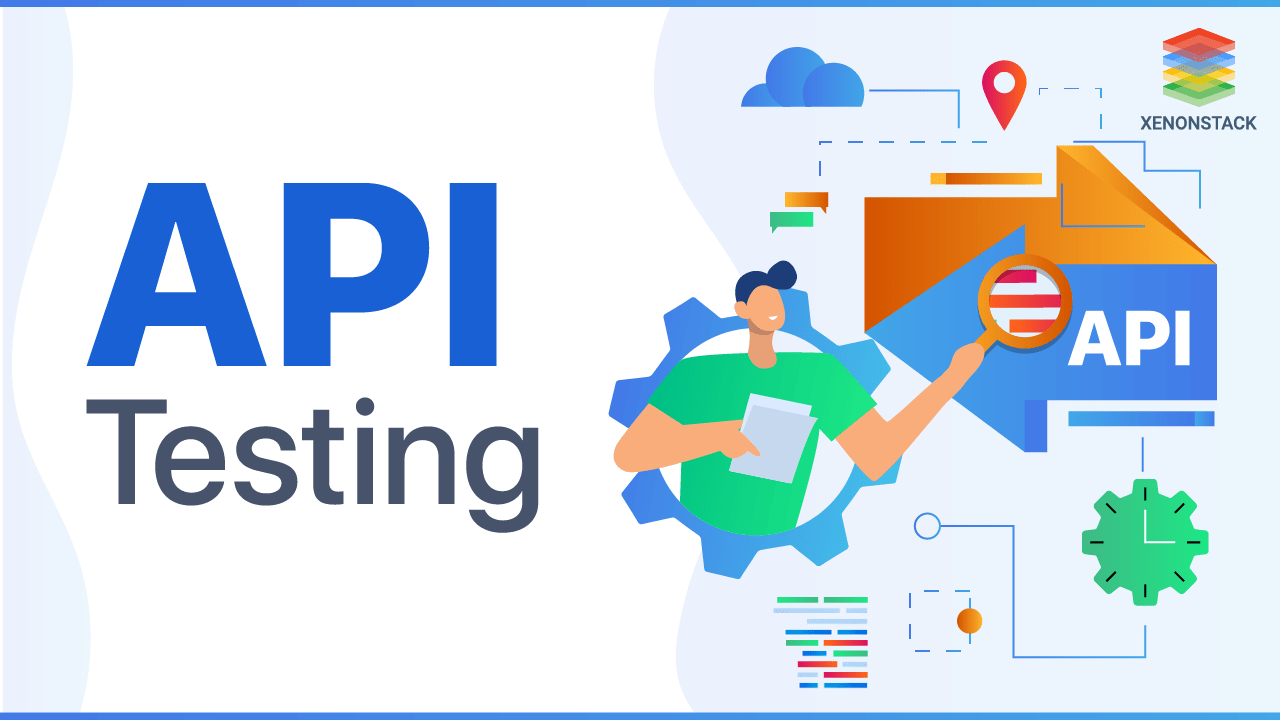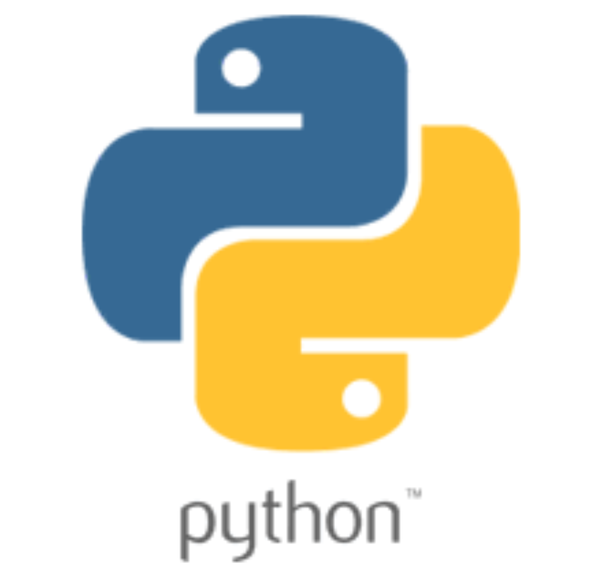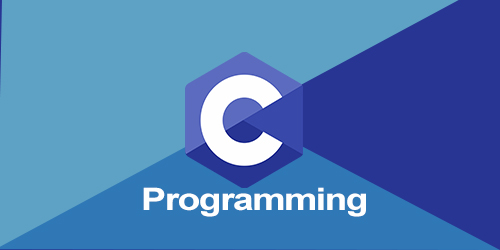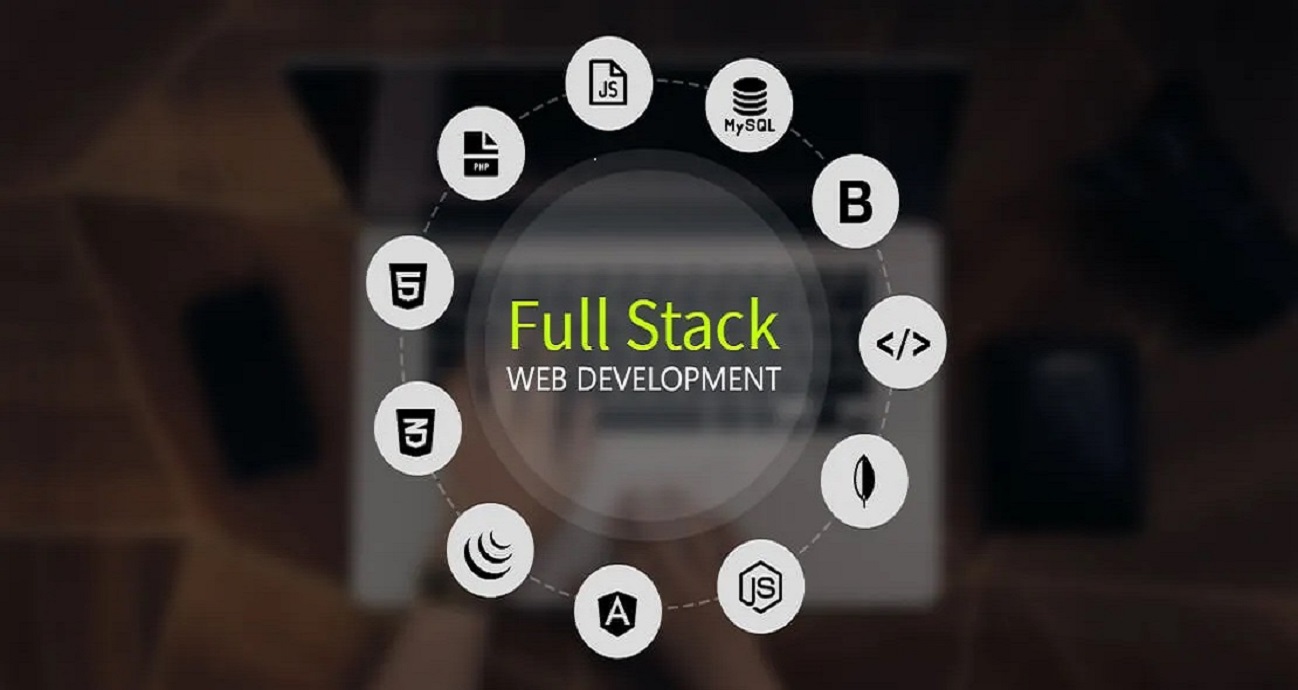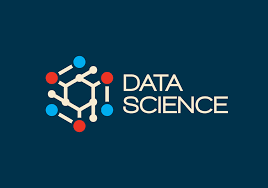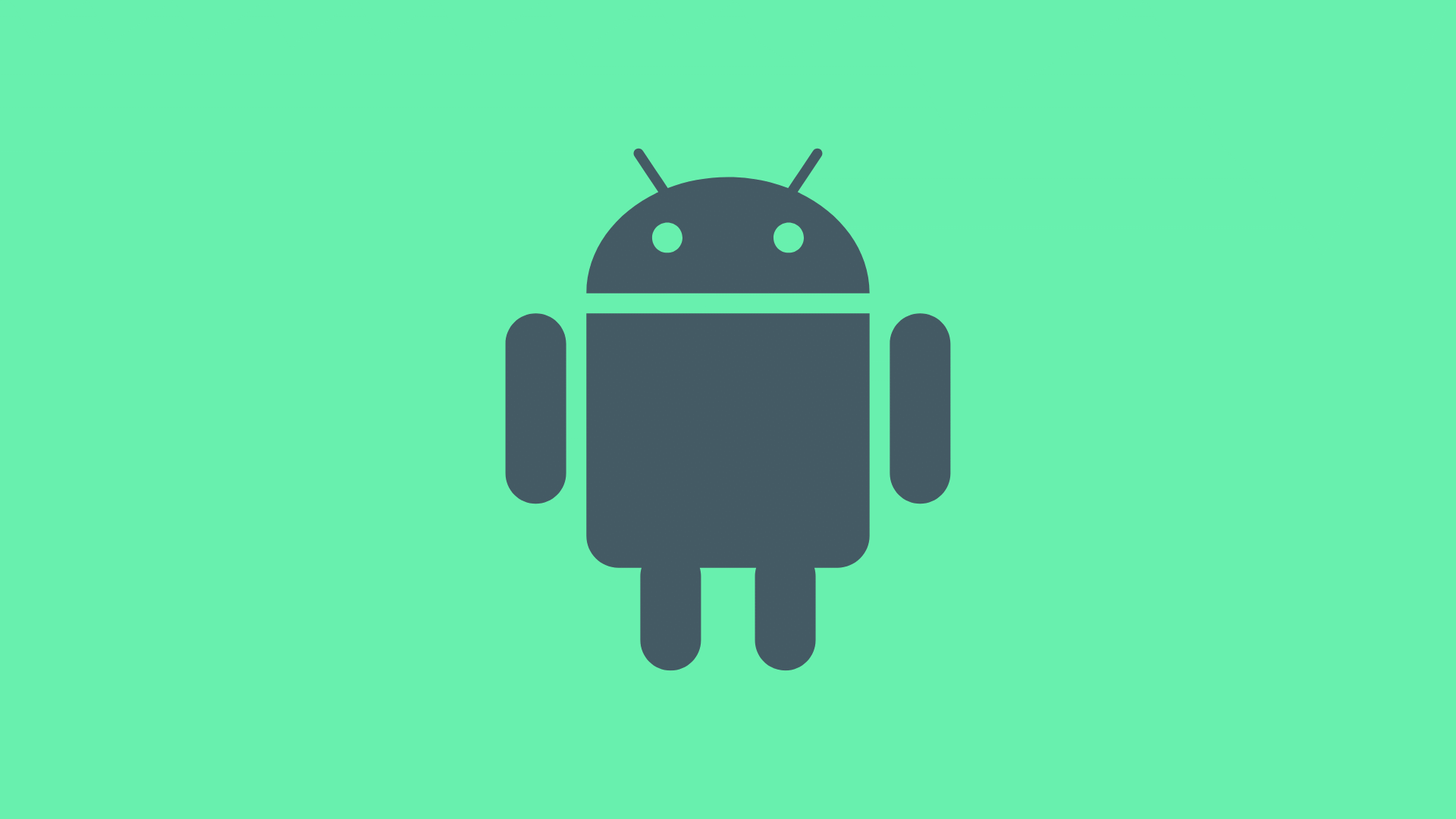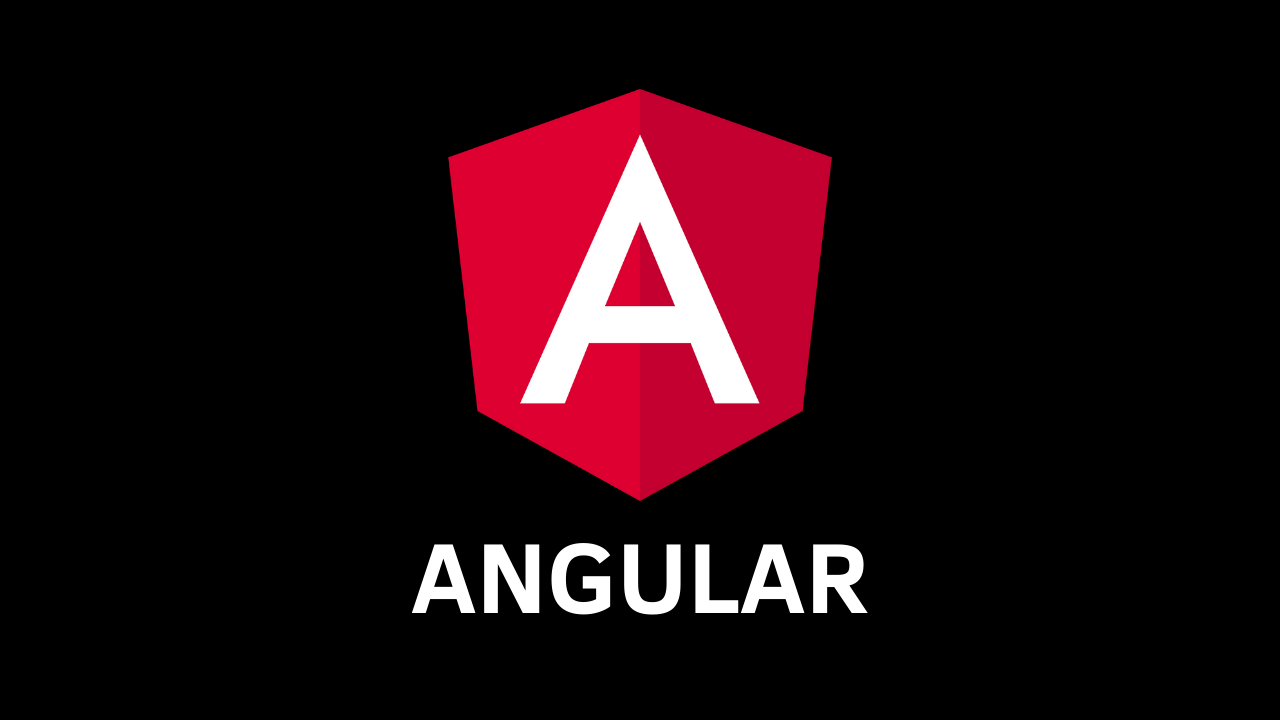Front-end Development: Students learn HTML, CSS, and JavaScript, which are the building blocks of the user interface. They understand how to create responsive and interactive web pages, design layouts, and handle user interactions.
Back-end Development: This aspect focuses on server-side programming and databases. Students learn a programming language like Python, Java, or JavaScript (Node.js) to build the server logic. They also explore frameworks and technologies such as Django, Express.js, or Flask for efficient back-end development.
Databases: Understanding databases is crucial for full stack development. Students learn concepts like data modeling, querying, and database management using SQL (Structured Query Language) or NoSQL databases like MongoDB.
APIs and Web Services: Full stack developers need to know how to integrate their applications with external services or create their own APIs. Students learn how to work with RESTful APIs, consume data from external sources, and build their own APIs for communication between front-end and back-end components.
Version Control: Proficiency with version control systems like Git is essential for collaborative development. Students learn how to use Git for code management, branching, merging, and collaboration with other developers.
Deployment and Hosting: Full stack developers should know how to deploy their applications to production environments. Students learn about cloud platforms like AWS, Heroku, or Azure, and understand concepts such as server setup, hosting, and scaling.
Software Development Lifecycle: Understanding the software development lifecycle and best practices is crucial. Students learn about requirements gathering, project planning, testing, debugging, and maintenance.

